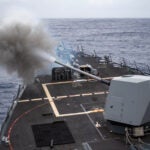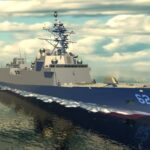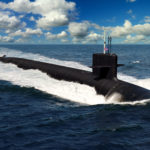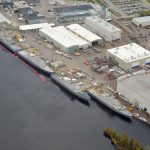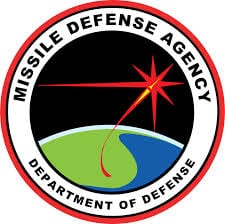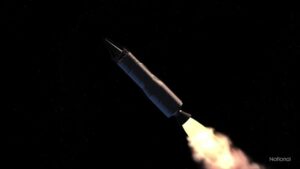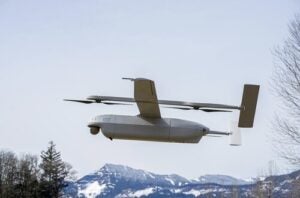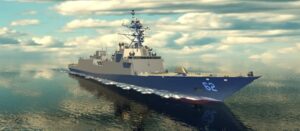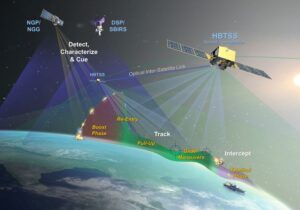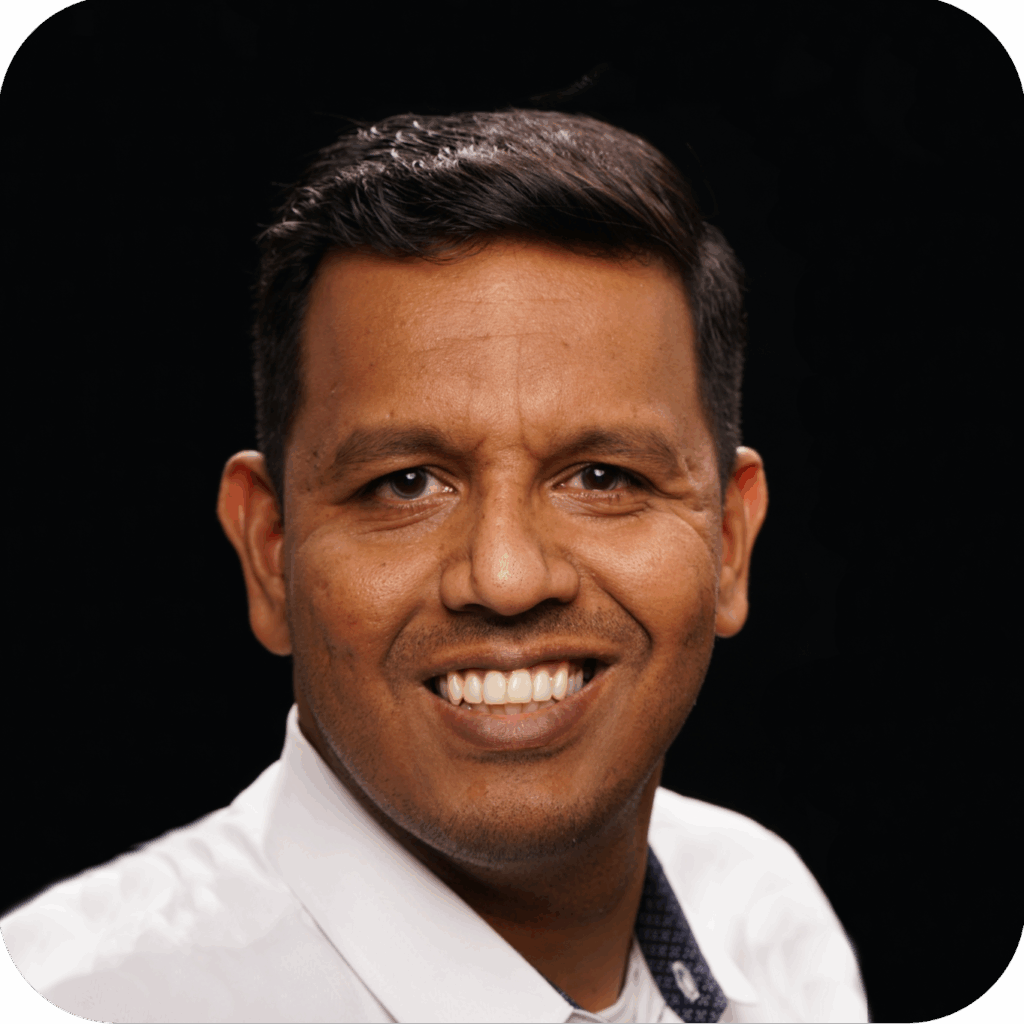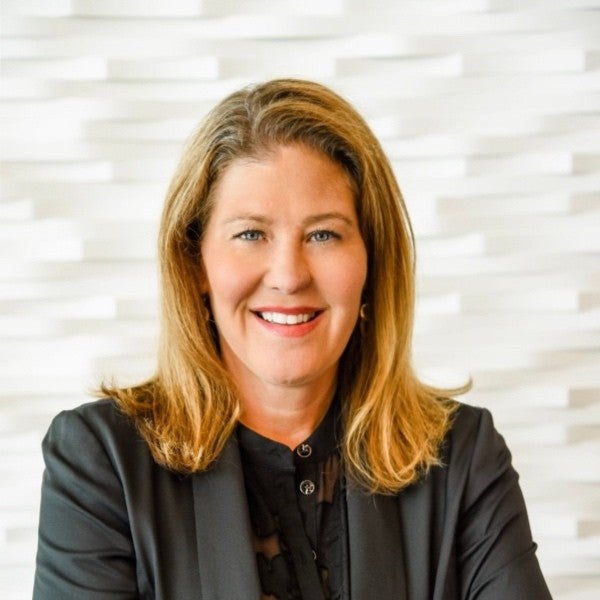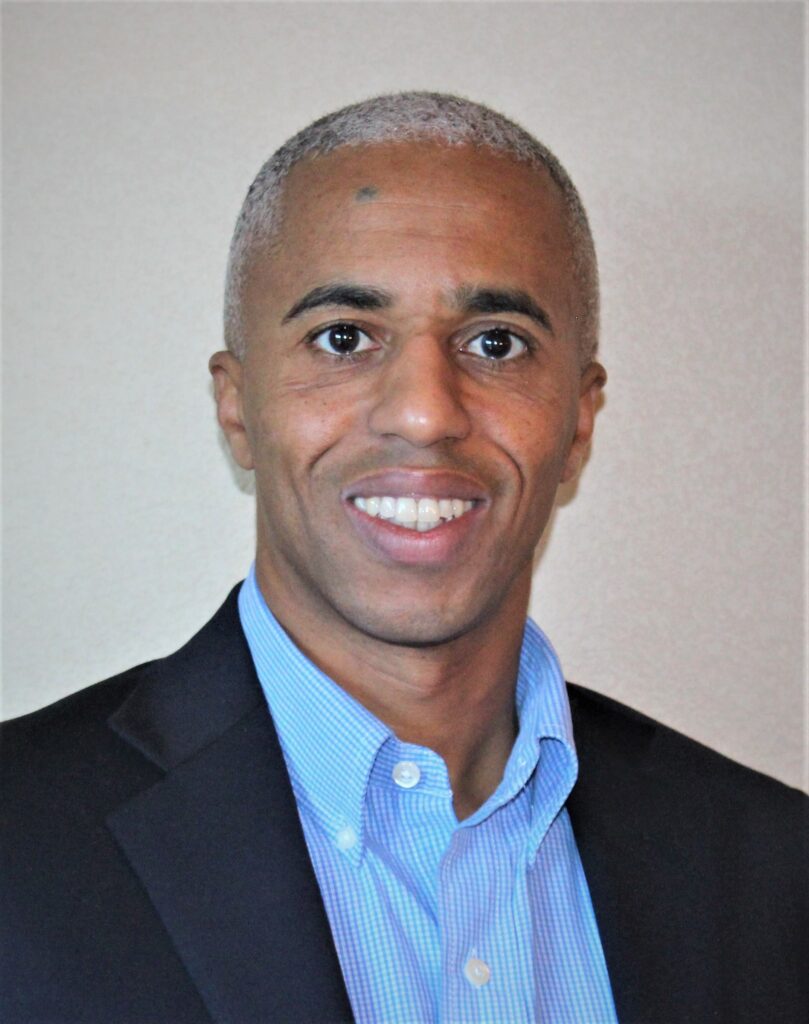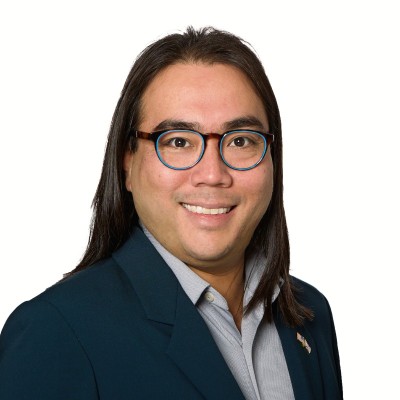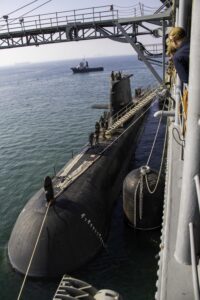
Thirty seven Royal Australian Navy (RAN) officers and sailors are going to Guam to train on board a U.S. submarine tender as it starts to build up the capability to maintain nuclear-powered submarines under the tripartite AUKUS agreement. Last year, Australia alongside the U.S. and U.K., announced that in 2024 Australian sailors will start maintenance duty in Guam to prepare for Submarine Rotational Force-West (SRF-W). As part of phase one of the AUKUS deal, SRF-W is expected to be established…

 By
By 